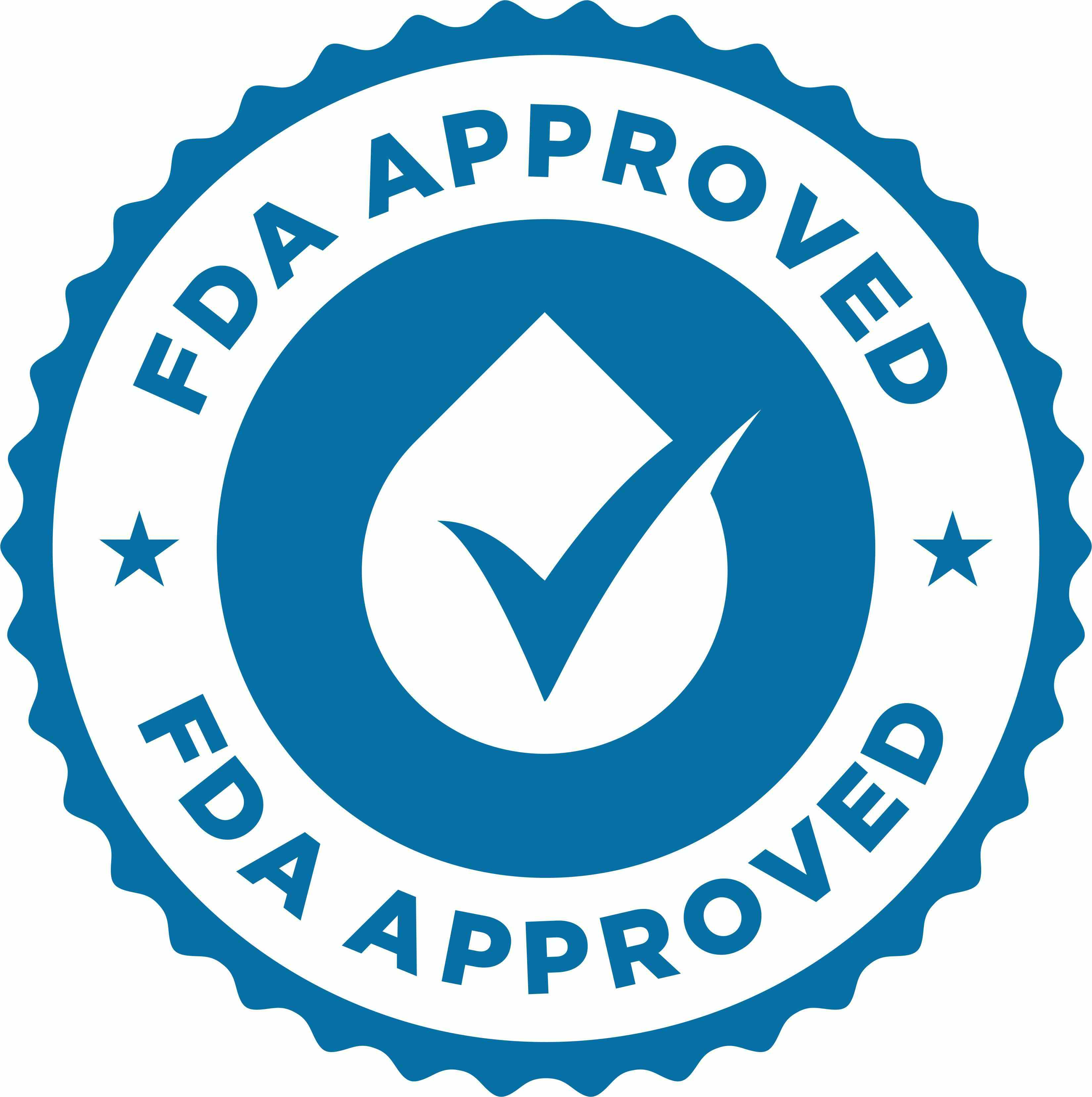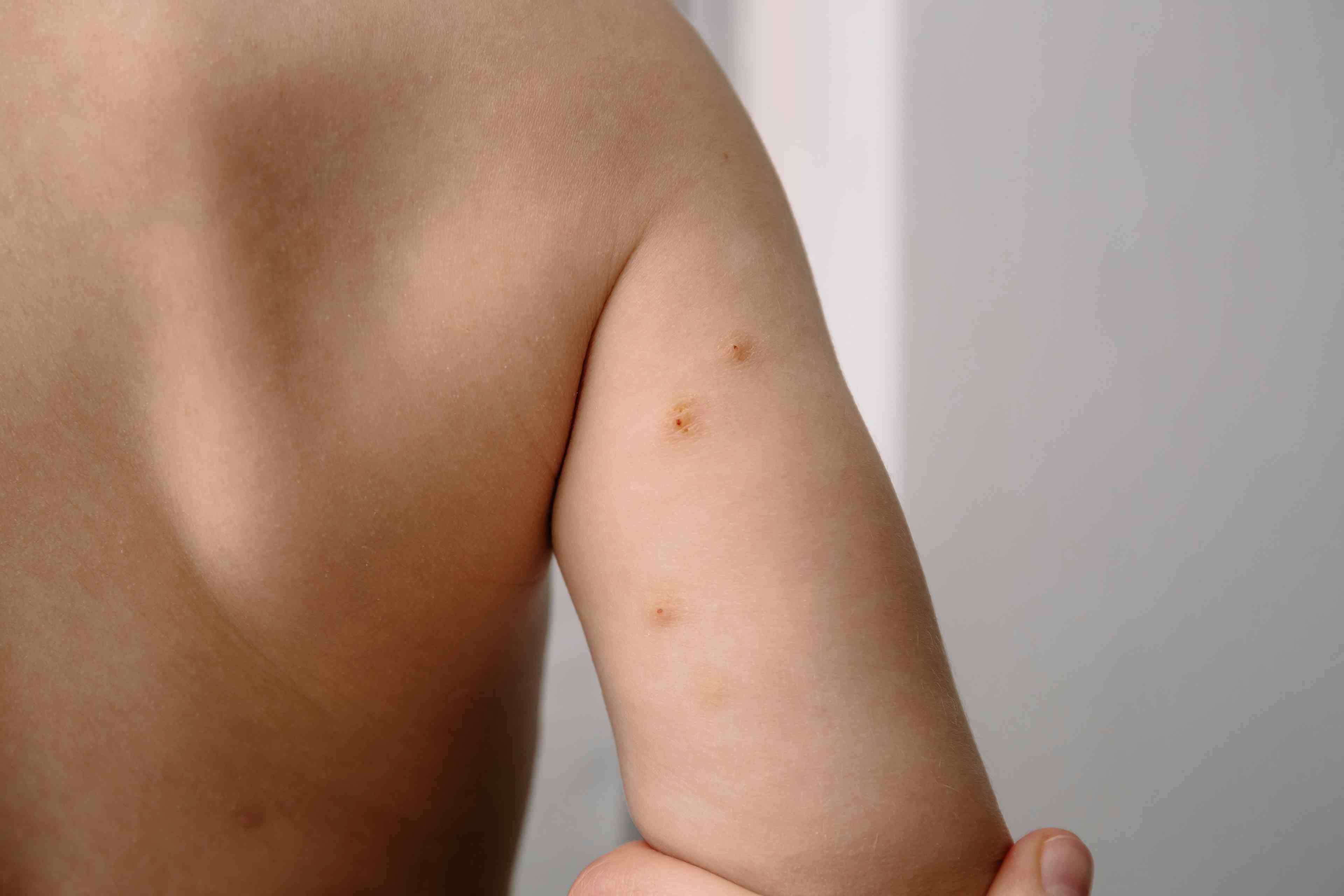- Acne
- Actinic Keratosis
- Aesthetics
- Alopecia
- Atopic Dermatitis
- Buy-and-Bill
- COVID-19
- Case-Based Roundtable
- Chronic Hand Eczema
- Drug Watch
- Eczema
- General Dermatology
- Hidradenitis Suppurativa
- Melasma
- NP and PA
- Pediatric Dermatology
- Pigmentary Disorders
- Practice Management
- Precision Medicine and Biologics
- Prurigo Nodularis
- Psoriasis
- Psoriatic Arthritis
- Rare Disease
- Rosacea
- Skin Cancer
- Vitiligo
- Wound Care
News
Article
Exploring Off-Label Uses of Topical JAK Inhibitors
Author(s):
Key Takeaways
- Topical ruxolitinib offers a targeted approach with reduced systemic risks compared to systemic JAK inhibitors.
- Promising results were observed in lichenoid and granulomatous dermatoses, but alopecia areata outcomes were inconsistent.
While approved for vitiligo and atopic dermatitis, ruxolitinib cream may help treat other inflammatory skin diseases.
Topical ruxolitinib, a selective Janus kinase (JAK) 1 and JAK2 inhibitor, has garnered attention for its potential use beyond approved indications such as atopic dermatitis and vitiligo.1 A recent systematic review evaluated current clinical evidence regarding its off-label use in treating inflammatory, lichenoid, and granulomatous dermatoses. Despite limited large-scale studies, early findings suggest promise in several conditions, though inconsistencies in outcomes and methodological limitations warrant cautious interpretation.2
Background
Systemic JAK inhibitors have proven effective in managing several inflammatory dermatoses; however, their use is often constrained by the risk of serious adverse events, including infections and cardiovascular complications. Topical formulations, such as ruxolitinib 1.5% cream, offer a targeted approach with reduced systemic exposure and associated risks. The US FDA has approved topical ruxolitinib for mild to moderate atopic dermatitis and non-segmental vitiligo, with similar approvals in the EU and UK for vitiligo. However, interest is growing in its off-label application for other dermatologic conditions.
Methods
The systematic review, following PRISMA guidelines, examined studies on topical ruxolitinib's off-label use published through September 2024. Databases included MEDLINE (PubMed) and Scopus. From 220 identified publications, 28 met inclusion criteria. Data extraction focused on study design, population, intervention details, clinical outcomes, and adverse effects.
Results
Alopecia Areata (AA)
Six studies assessed topical ruxolitinib for AA, with variable outcomes. A phase 2 randomized controlled trial reported 50% of participants achieving a SALT50 score at 24 weeks using 1.5% ruxolitinib cream. However, no significant improvement was seen when compared to vehicle in a blinded study arm. Other case reports and small series showed mixed efficacy, particularly for eyebrow and eyelash regrowth. The review stated pediatric cases also yielded inconsistent outcomes. The lack of robust, consistent efficacy across studies indicates that while pathophysiological rationale exists (via JAK1/JAK2 inhibition), topical delivery may not reliably achieve therapeutic levels for AA.
Lichenoid Dermatoses
Topical ruxolitinib has shown promising results in classic and pigmented forms of lichen planus. A prospective study of 12 patients with classic lichen planus reported a median reduction of 50 lesions over 8 weeks with minimal adverse effects. Another case involving oral lichen planus reported significant lesion clearance. While preliminary data are favorable, concurrent therapies and limited sample sizes temper definitive conclusions.
Granulomatous Conditions
Ruxolitinib demonstrated clinical benefit in granuloma annulare, cutaneous sarcoidosis, and granuloma faciale. In these cases, patients experienced lesion resolution or significant improvement after 6 to 12 weeks of treatment. Adverse events were minimal, with no systemic complications reported.
Other Conditions
Additional off-label uses include seborrheic dermatitis, perioral dermatitis, Hailey-Hailey disease, necrobiosis lipoidica, and tattoo-associated pruritus. These were supported mainly by isolated case reports, highlighting improvements in pruritus, erythema, and lesion regression. Safety profiles were uniformly favorable across these conditions, with only local site reactions reported.
Discussion
Topical ruxolitinib appears to offer a favorable safety profile and may benefit a variety of inflammatory skin disorders beyond its approved indications. Efficacy is most consistently observed in lichenoid and granulomatous dermatoses. However, limitations to the review include the predominance of case reports, small sample sizes, and lack of standardized outcomes. Particularly in alopecia areata, data remain inconclusive, suggesting that systemic therapy may still be required for more significant results.
Conclusion
While topical ruxolitinib shows therapeutic potential across several off-label dermatologic conditions, especially those with inflammatory or autoimmune components, researchers stated further high-quality, randomized controlled trials are essential to validate its clinical utility. Until such data emerge, off-label use should be guided by individual patient needs, disease severity, and clinician discretion, with ongoing monitoring for efficacy and adverse effects.
References
- Muddebihal A, Khurana A, Sardana K. JAK inhibitors in dermatology: the road travelled and path ahead, a narrative review. Expert Rev Clin Pharmacol. 2023;16(4):279-295. doi:10.1080/17512433.2023.2193682
- Spadafora M, Morsia S, Di Lernia VG, Kaleci S, Pellacani G, Longo C. Off-label use of topical ruxolitinib in dermatology: A systematic literature review and current perspectives. Exp Dermatol. 2025;34(4):e70095. doi:10.1111/exd.70095
Newsletter
Like what you’re reading? Subscribe to Dermatology Times for weekly updates on therapies, innovations, and real-world practice tips.
















